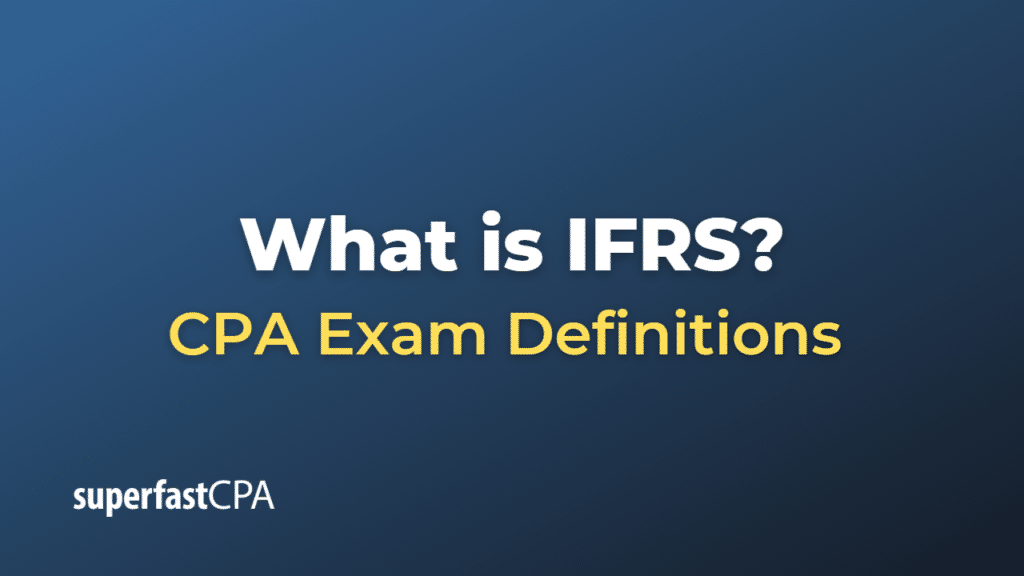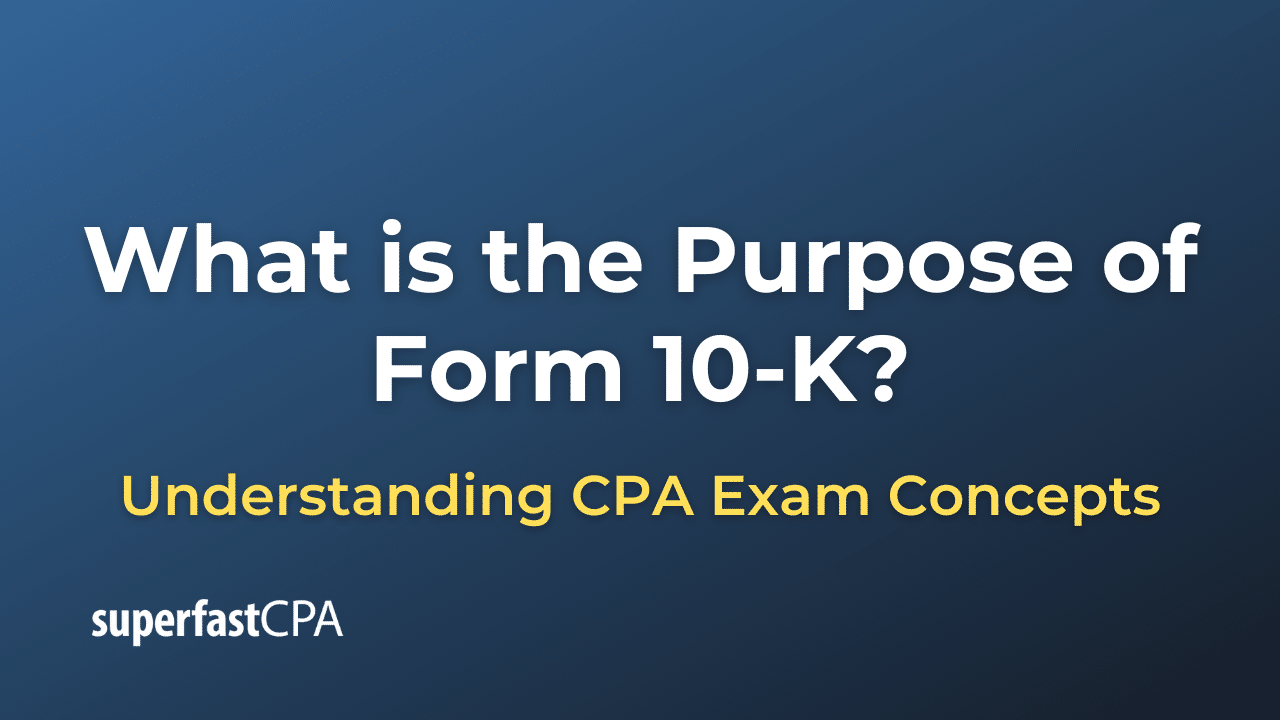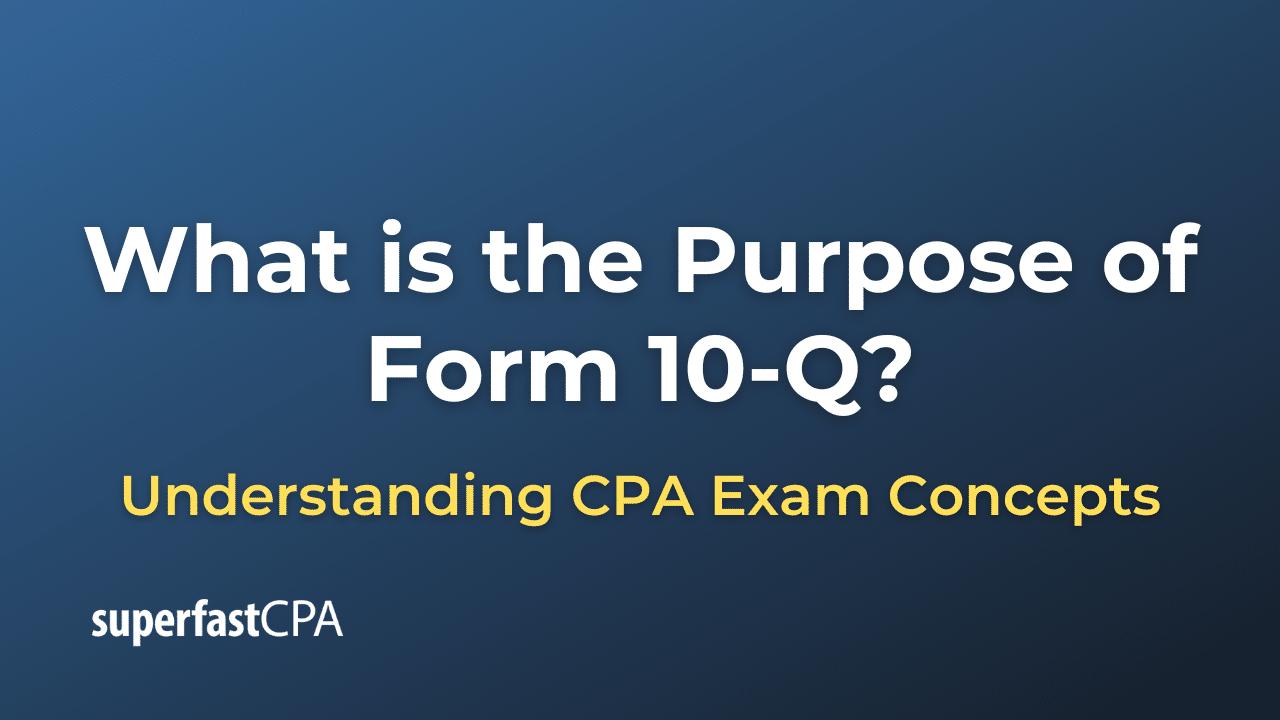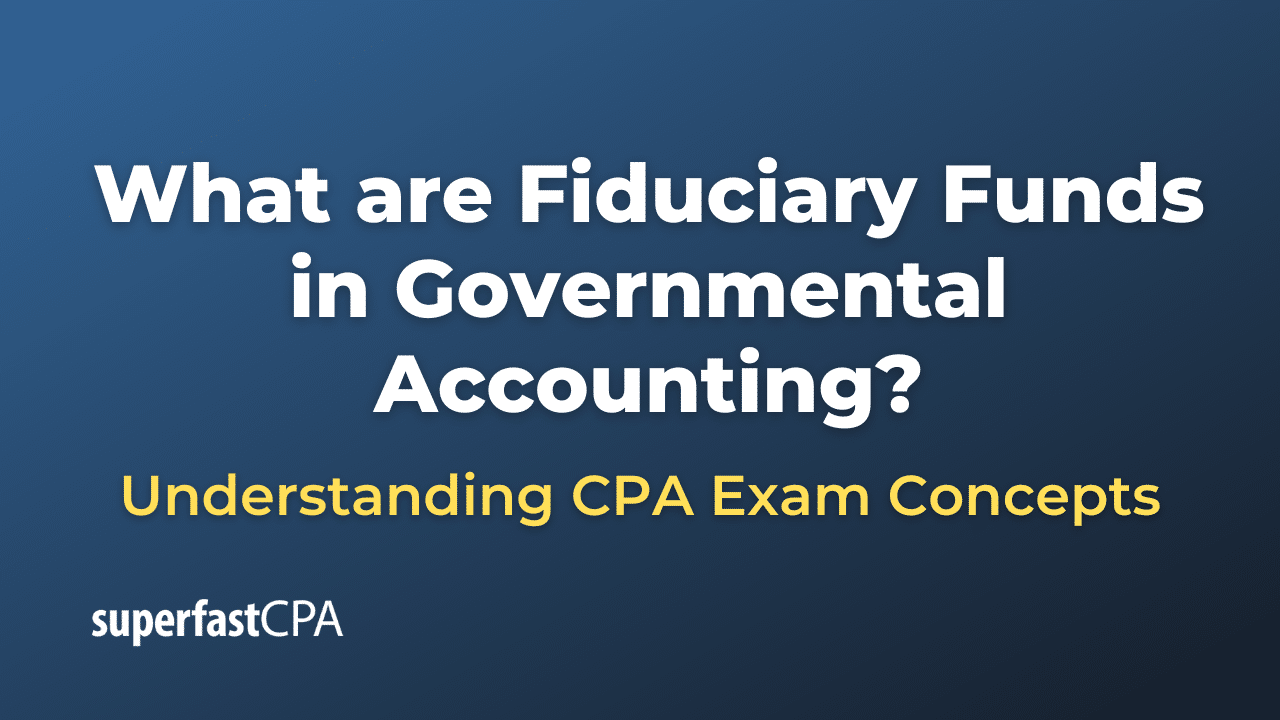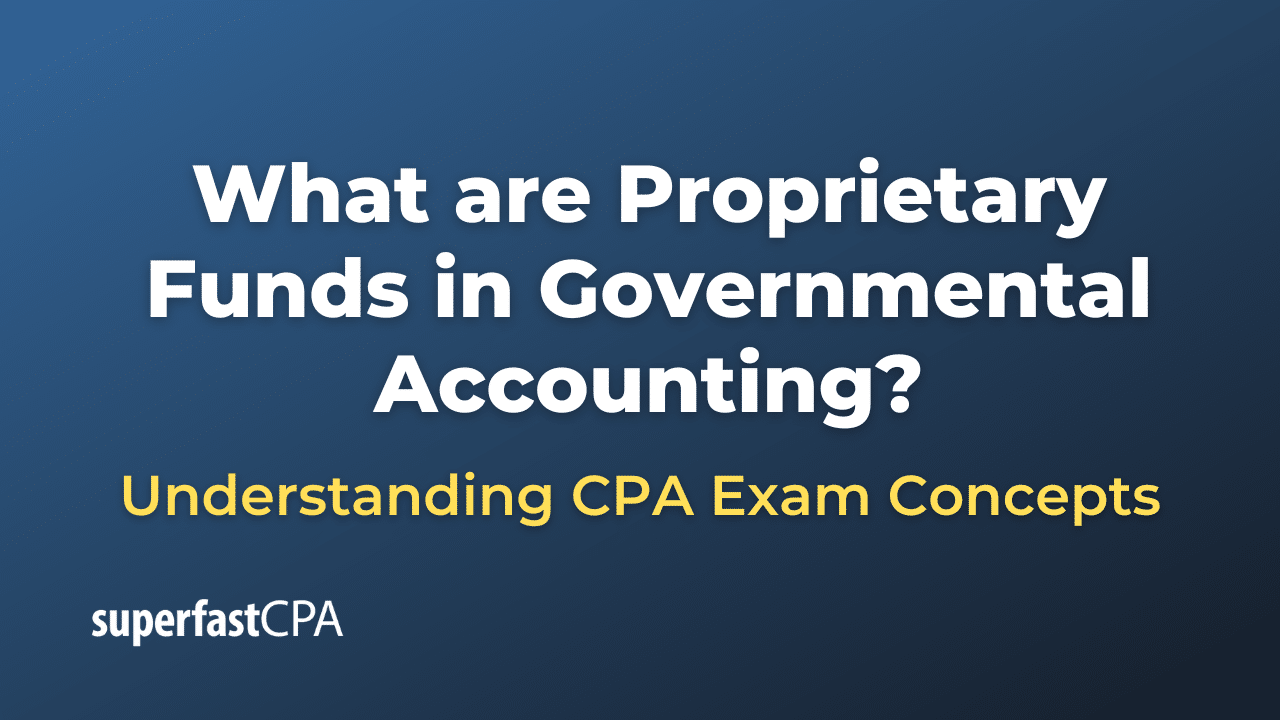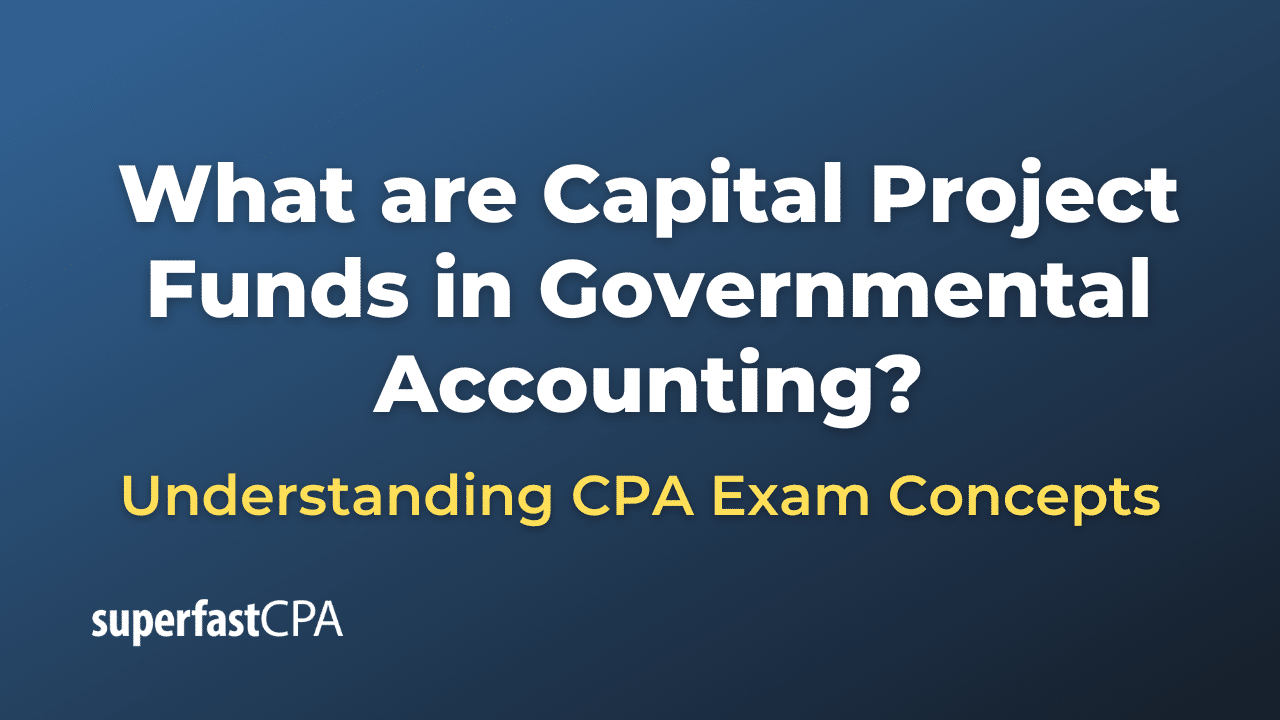IFRS
IFRS stands for International Financial Reporting Standards. These are a set of accounting standards developed by the International Accounting Standards Board (IASB), an independent, not-for-profit international organization.
IFRS standards are designed to bring consistency to accounting language, practices, and statements that companies use across the world. They aim to make it easier for businesses to understand and compare each other’s financial health, regardless of where they are located.
The IASB uses a rigorous, transparent, and inclusive process to develop IFRS Standards and promote their adoption around the world. The process includes a comprehensive system of due process that involves interested parties from around the world—auditors, investors, preparers of financial statements, regulators, and others.
The widespread adoption of IFRS Standards, including by the largest economies, has resulted in an increase in comparability of financial reporting around the world. However, not all countries use IFRS; notably, the United States primarily uses its own accounting standards known as the Generally Accepted Accounting Principles (GAAP).
Example of IFRS
Let’s consider a situation to illustrate the application of an IFRS standard.
One of the key standards in the IFRS is IFRS 15, which deals with revenue from contracts with customers. It provides a framework for recognizing revenue, and it applies to nearly all contracts with customers, except for those that are covered by other specific standards (like lease contracts or insurance contracts).
Let’s say we have a company called “Construction Corp” that’s based in a country which follows IFRS. This company enters into a contract with a customer to build a commercial building. The contract price is $1,000,000. The construction is expected to take 2 years to complete, and the payments are to be made in two equal installments at the end of each year.
According to IFRS 15, Construction Corp needs to recognize revenue in a way that depicts the transfer of the promised goods (in this case, the building) to the customer. This could be done over time, if certain criteria are met, such as the customer receiving and using benefits as the company performs the work.
In this example, if Construction Corp determines that the revenue recognition over time model applies, it could recognize $500,000 as revenue at the end of the first year, as the customer makes the first payment and as the building is half complete. At the end of the second year, when the building is complete and the final payment is made, it would then recognize the remaining $500,000 as revenue.
It’s important to note that the actual process of revenue recognition can be complex and requires judgment, particularly for long-term contracts, multiple element contracts, or contracts where the payment doesn’t coincide with the transfer of goods or services. But hopefully, this simplified example gives a basic idea of how an IFRS standard might be applied in practice.

